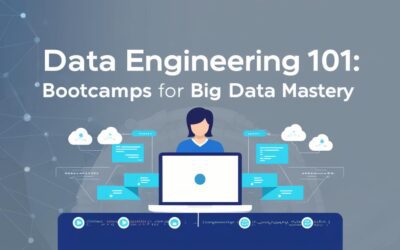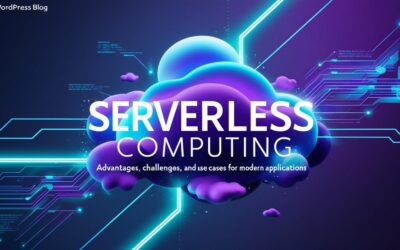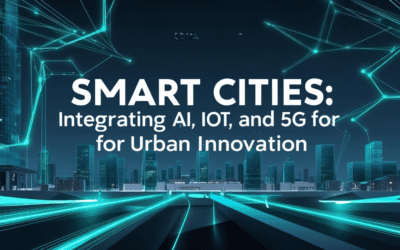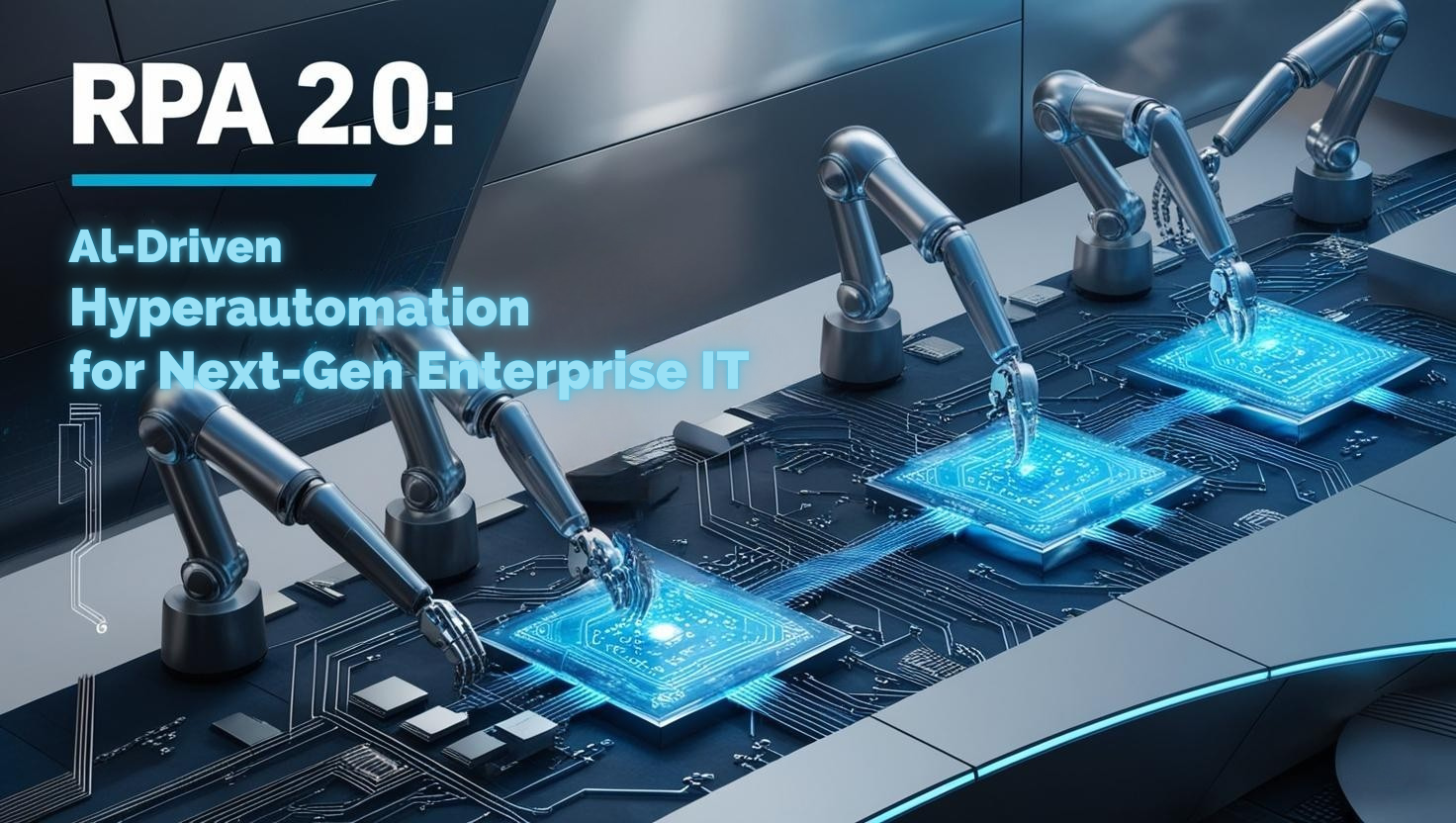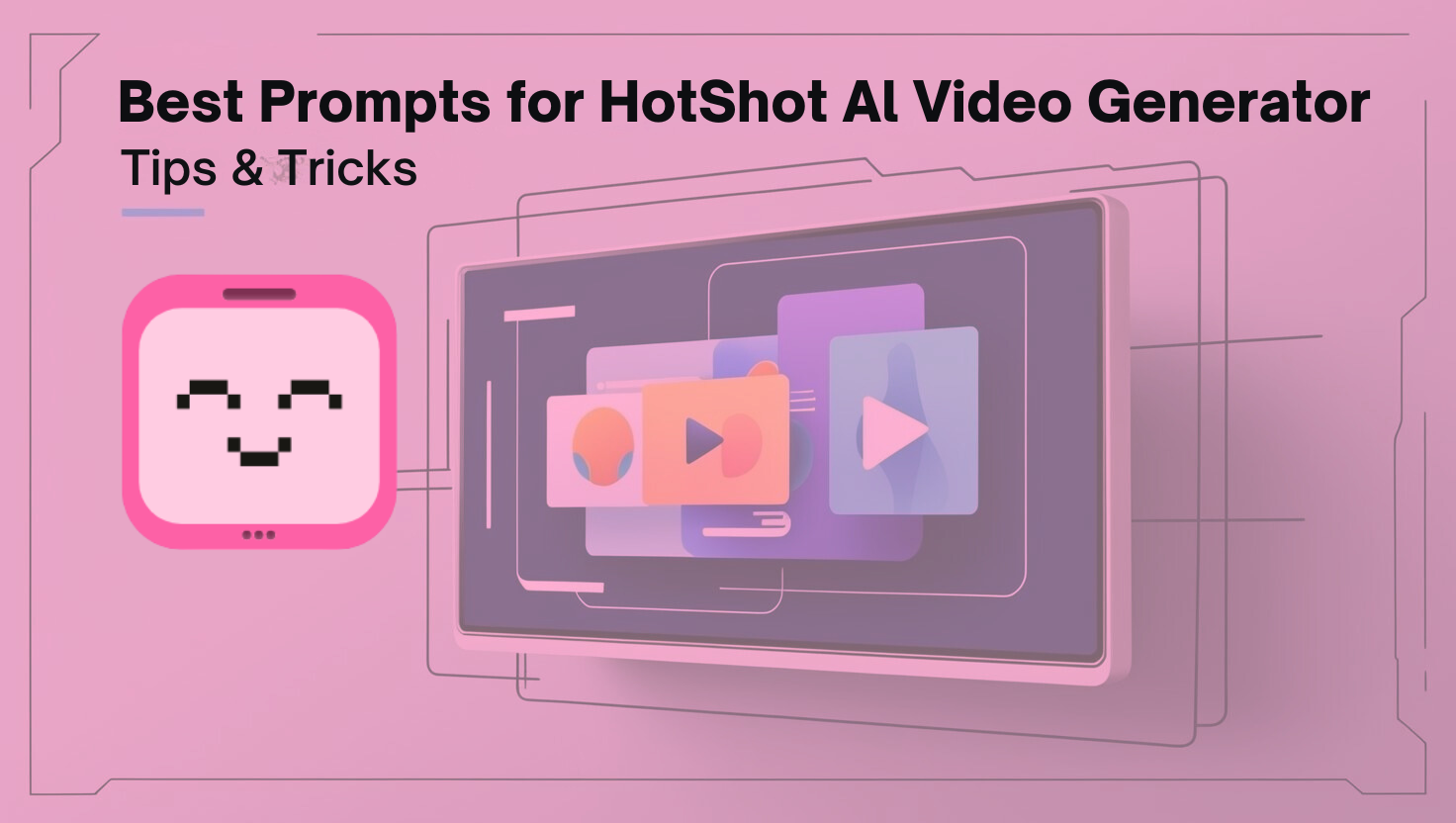Introduction: The Dawn of RPA 2.0
The automation landscape is undergoing a seismic shift. Traditional robotic process automation (RPA), once celebrated for automating rule-based tasks like data entry and invoice processing, is evolving into RPA 2.0—a paradigm where artificial intelligence (AI) and hyperautomation converge to create dynamic, context-aware systems. This next-gen approach doesn’t just mimic human actions; it learns, adapts, and makes decisions in real time. By 2025, the global hyperautomation market is projected to reach $31.95 billion, driven by AI integration and the need for end-to-end process optimization.
In this article, we explore how RPA 2.0 is reshaping enterprise IT, streamlining operations, and redefining roles in the digital workforce.
What is RPA 2.0? Beyond Basic Automation
RPA 2.0 represents the fusion of RPA with advanced technologies like AI, machine learning (ML), natural language processing (NLP), and process mining. Unlike its predecessor, which focused on repetitive tasks, RPA 2.0 enables intelligent automation that handles unstructured data, predicts outcomes, and adapts to evolving workflows.
Key Components of RPA 2.0:
- AI and Machine Learning: Bots learn from historical data to optimize processes, such as fraud detection in banking or predictive maintenance in manufacturing.
- Hyperautomation: Combines RPA with AI, analytics, and low-code platforms to automate entire business ecosystems, not just tasks.
- Context-Aware Decision Making: Systems analyze real-time data (e.g., customer sentiment) to trigger personalized actions, like dynamic pricing in retail.
The Role of AI in Hyperautomation: Powering Smarter Workflows
AI is the backbone of RPA 2.0, enabling three transformative capabilities:
1. Natural Language Processing (NLP)
NLP allows bots to interpret unstructured data—think emails, contracts, or social media—and automate responses. For example:
- Healthcare: AI-driven bots extract patient data from handwritten notes, reducing administrative delays.
- Customer Service: Chatbots use sentiment analysis to route inquiries to the right agent, improving resolution times by 40%.
2. Machine Learning for Adaptive Automation
ML algorithms enable systems to improve over time. In manufacturing, AI-powered predictive maintenance reduces equipment downtime by 25%, saving millions annually.
3. Process Mining for Optimization
Process mining tools identify bottlenecks by analyzing digital footprints. One logistics company cut invoice processing time by 60% using these insights.
Transforming Enterprise IT Operations
RPA 2.0 is revolutionizing IT departments by addressing three core challenges:
1. Streamlined Workflows
Hyperautomation unifies disjointed systems. For instance, cloud-native RPA (RaaS) allows seamless integration with ERP and CRM platforms, reducing deployment time from months to hours.
2. Enhanced Security and Compliance
AI-driven bots monitor network traffic for anomalies, reducing breach risks by 30%. In finance, automated AML (anti-money laundering) checks ensure compliance while cutting manual review time by 50%.
3. Scalability Through Cloud and Low-Code Tools
By 2025, 70% of RPA deployments will be cloud-based, enabling pay-as-you-go models that democratize access for SMEs. Low-code platforms further empower non-technical users to build bots, accelerating ROI.
The Future of IT Roles: From Operators to Strategists
As RPA 2.0 automates routine tasks, IT roles are evolving:
1. Upskilling for AI Governance
IT teams now focus on managing AI ethics, ensuring transparency, and mitigating bias. For example, responsible AI platforms are critical for compliance in healthcare and finance .
2. Collaborative Robotics (Cobots)
In manufacturing, cobots work alongside humans to optimize assembly lines, enhancing productivity by 35% while ensuring safety.
3. Strategic Innovation
IT leaders are shifting from maintenance to innovation—designing AI-driven workflows and exploring generative AI for tasks like code generation or synthetic data creation.
Implementing RPA 2.0: Strategies for Success
To harness hyperautomation, enterprises should:
- Start Small: Pilot high-impact processes like accounts payable or customer onboarding.
- Prioritize Data Quality: Clean, structured data is essential for training AI models.
- Invest in Change Management: Over 60% of RPA projects fail due to employee resistance; training programs are critical.
Challenges and Considerations
- Integration Complexity: Legacy systems remain a barrier for 56% of organizations.
- Ethical AI Use: Balancing automation with privacy regulations like GDPR requires robust governance frameworks.
Conclusion: Embracing the Hyperautomation Era
RPA 2.0 isn’t just an upgrade—it’s a revolution. By integrating AI-driven hyperautomation, enterprises can achieve 30% cost reductions, 50% faster processes, and unprecedented agility. As IT roles pivot toward innovation and strategy, the future belongs to organizations that embrace this transformation today.
Ready to lead the next-gen IT revolution? Explore how ProTec’s hyperautomation solutions can future-proof your operations.
For further insights, explore our sources: ConnectWise, AIMultiple, and Gartner.

